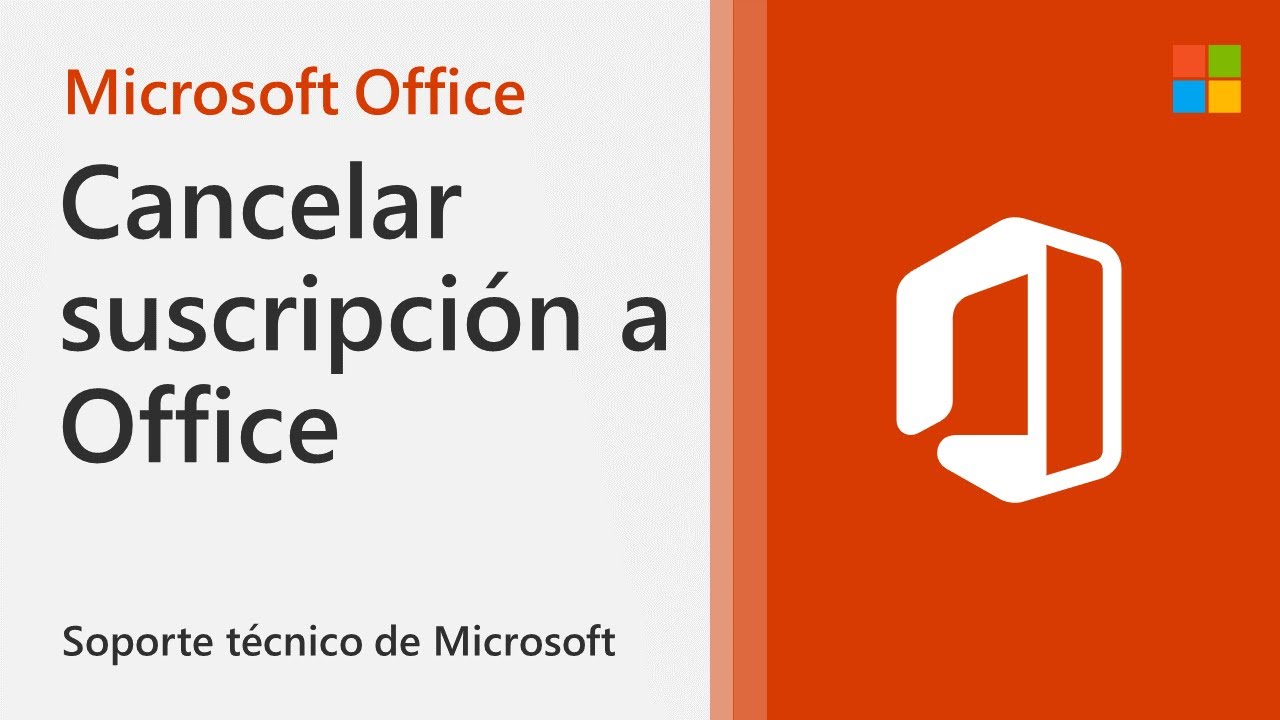How to Write an Analysis: Improve Your Skills in 2025
Performing an effective analysis is a critical skill that can serve you across various fields such as academia, business, and research. Understanding how to write an analysis will greatly enhance your ability to interpret complex information and present it comprehensively. This guide will provide you with practical steps and insights into various analysis methods, data analysis techniques, and analysis best practices you can implement throughout 2025 and beyond.
Understanding Analysis Goals
Before diving into conducting an analysis, it's essential to clarify the analysis objectives. What are you aiming to achieve with your analysis? Setting clear goals will guide every step of your process—from data collection to reporting your findings.
Defining the Research Questions
Your analysis begins with formulating research questions. These should be specific and focused, guiding your data collection and analysis efforts. For example, in market analysis, you might ask: "What factors affect consumer purchasing decisions in the tech industry?" This question will determine the scope and direction of your analysis, ensuring you gather relevant data.
Choosing the Right Analysis Methods
Different goals necessitate different analysis methods. If you're working with numerical data, you may lean towards quantitative analysis techniques such as regression or statistical significance testing. Conversely, for subjective data, qualitative analysis might be more suitable, employing approaches like thematic analysis or content analysis. Selecting appropriate analysis techniques at this stage is crucial for accurate insights.
Techniques for Effective Data Analysis
Once you understand your objectives, it's time to dive into the specific data analysis techniques that will best serve your purpose. Employing the right tools can significantly enhance the depth and validity of your research.
Utilizing Analysis Tools and Software
Tools and software designed for data interpretation—such as statistical analysis software, spreadsheets, or even tailored analysis applications—can streamline your workflow. They help in organizing your data, performing calculations, and visualizing outcomes. Choose software that matches your analysis requirements, whether conducting a financial analysis or executing a basic content analysis of text data.
Data Cleansing and Organization
Before any analysis, it's essential to ensure your data is clean and well-organized. Applying data-cleaning techniques will help eliminate errors or inconsistencies in your data set. This step is particularly vital for maintaining data validity, which directly impacts the quality of your analysis outcomes. For instance, in a performance analysis, ensuring accuracy in metrics is critical.
Writing the Analytical Report
Once your analysis is complete, documenting your findings in a structured format is necessary. Writing an analytical report is not simply about providing numbers and statistics; it’s also about framing those findings meaningfully.
Structuring Your Report Effectively
The structure of your analytical report should guide readers through your research journey. Typical sections include an introduction, methodology, results, discussion, and conclusion. Each part should clearly relate back to your initial analysis objectives and research questions. Using headings and bullet points can enhance clarity and engage your audience.
Including Visual Data Representation
Visual aids—such as charts, graphs, and tables—play a pivotal role in making your analysis easier to understand. Employing effective data visualization techniques enhances the reporting process, allowing readers to grasp complex interactions quickly. Ensure any visuals used complement your analysis and do not overwhelm the text.
Skills to Enhance Your Analysis Capability
Improving your analytical writing skills is an ongoing process. Several strategies can help boost your capabilities and ensure comprehensive results in your analysis.
Strengthening Analytical Skills
Engagement in exercises that promote critical thinking and analysis will foster strong analytical skills. Participate in workshops focused on analytical writing, review case studies, or make use of simulation tools for practice. These activities sharpen skills necessary for effective analysis presentation and skillfully reporting your findings.
Developing a Rigid Framework for Analysis
Creating a consistent analytical framework allows you to maintain a structured approach through your research. This framework can outline standard methods for data collection, analysis techniques, and reporting formats. Flexibility within your structure ensures adaptability while maintaining rigour, which is essential for producing valid results.
Key Takeaways
- Define the objectives of your analysis clearly to guide your entire research process.
- Select appropriate analysis methods based on your research questions and data type.
- Utilize effective analysis tools and data-cleaning techniques for optimal results.
- Structure your analytical report to enhance clarity and engagement.
- Regularly bolster your analytical skills and frameworks to stay proficient.
FAQ
1. What is the first step in conducting an analysis?
The first step is to clearly define your analysis objectives by formulating specific research questions tailored to your topic. This provides a roadmap for your research endeavors.
2. How do I choose the right analysis technique?
Selecting the right analysis techniques hinges on your research questions, data type, and desired outcomes. Consider whether your data is numerical or qualitative and choose accordingly.
3. What are some essential tools for data analysis?
Several analysis tools can facilitate your research, including spreadsheet software for basic calculations, specialized statistical software for extensive data sets, and visualization tools to represent your findings clearly.
4. Why is data cleaning important in analysis?
Data cleaning ensures the accuracy and reliability of your information, directly affecting the quality and validity of your analysis outcomes. Poor data quality leads to flawed conclusions.
5. How can I effectively present my analysis findings?
Engage readers with structured reports, clear headings, and compelling visual data representation. Summarize findings within context, ensuring coherence and insightfulness in your presentation.
